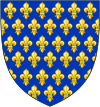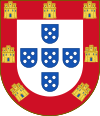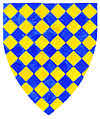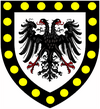
St Ive is a village in the civil parish of St Ive and Pensilva in eastern Cornwall, England, United Kingdom. The village is split into four parts: St Ive Church End, St Ive Cross, St Ive Keason and St Ive Parkfield. In addition to the parish an electoral ward exists stretching north of St Ive. The population at the 2011 census was 4,246.
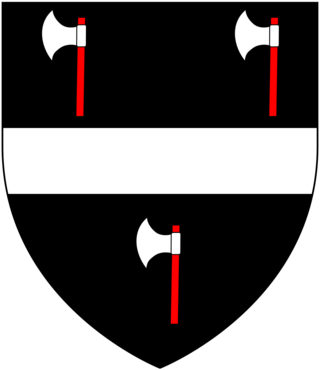
The Wrey Baronetcy, of Trebitch in the County of Cornwall, is a title in the Baronetage of England. It was created on 30 June 1628 for William Wrey (d.1636), 2nd son of John Wrey of Trebeigh, St Ive, Cornwall, a member of an ancient Devon family. The third Baronet was a supporter of the Royalist cause and sat as Member of Parliament for Lostwithiel after the Restoration. He married Lady Anne, third daughter and co-heir of Edward Bourchier, 4th Earl of Bath, and a co-heir to the barony of Fitzwarine. The fourth Baronet represented Liskeard and Devon in the House of Commons. The fifth Baronet was Member of Parliament for Camelford while the sixth Baronet represented Barnstaple.

Sir Bourchier Wrey, 6th Baronet of Tawstock, Devon, was a Member of Parliament for Barnstaple, Devon, in 1747–1754. The manor of Tawstock, about two miles south of Barnstaple, had been since the time of Henry de Tracy the residence of the feudal barons of Barnstaple, ancestors of the Wrey family.

Rev. Bourchier Wrey Savile was a Church of England clergyman and theological writer.

Tawstock is a village, civil parish and former manor in North Devon in the English county of Devon, England. The parish is surrounded clockwise from the north by the parishes of Barnstaple, Bishop's Tawton, Atherington, Yarnscombe, Horwood, Lovacott and Newton Tracey and Fremington. In 2001 it had a population of 2,093. The estimated population in June 2019 was 2,372.

William Coryton (1580–1651) of West Newton Ferrers, St Mellion, Cornwall, was a Cornish gentleman who served as MP for Cornwall in 1624, 1626 and 1628, for Liskeard in 1625, for Grampound in 1640 and for Launceston 1640–41. He was expelled from Parliament for falsifying returns.
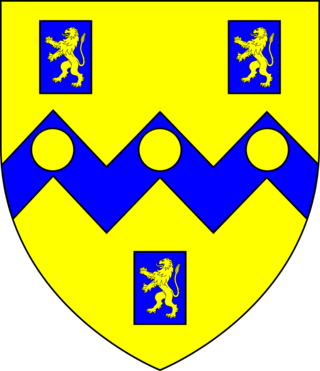
Sir John Rolle, KB, of Stevenstone, Devon, was an English landowner, Sheriff of Devon in 1682 and MP for Barnstaple (1660) and for Devon (1661–1679). The Travel Journal of Cosimo III de' Medici, Grand Duke of Tuscany (1642-1723) states of him: "This gentleman is one of the richest in the country, having an estate of six thousand pounds sterling per annum, besides a considerable property in ready money".

Sir Bourchier Wrey, 4th Baronet (1653–1696) of Tawstock Court in North Devon, was a Member of Parliament and a noted duellist. He commanded a regiment of horse after the Restoration of the Monarchy in 1660, serving under James Scott, 1st Duke of Monmouth.

The landed gentry and nobility of Devonshire, like the rest of the English and European gentry, bore heraldic arms from the start of the age of heraldry circa 1200–1215. The fashion for the display of heraldry ceased about the end of the Victorian era (1901) by which time most of the ancient arms-bearing families of Devonshire had died out, moved away or parted with their landed estates.

The feudal barony of Bampton was one of eight feudal baronies in Devonshire which existed during the mediaeval era, and had its caput at Bampton Castle within the manor of Bampton.
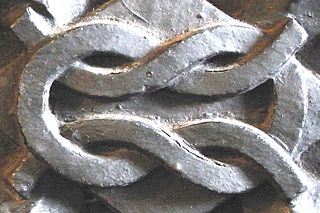
The Bourchier knot is a variety of heraldic knot. It was used as a heraldic badge by the Bourchier family, whose earliest prominent ancestor in England was John de Bourchier, a Judge of the Common Pleas, seated at Stanstead Hall in the parish of Halstead, Essex. He was the father of Robert Bourchier, 1st Baron Bourchier (d.1349), Lord Chancellor of England. The various branches of his descendants held the titles Baron Bourchier, Count of Eu, Viscount Bourchier, Earl of Essex, Baron Berners, Baron FitzWarin and Earl of Bath. The knot should perhaps have been called the "FitzWarin knot" as according to Boutell (1864) the device was first used by the FitzWarin family, whose heir was the Bourchier family.
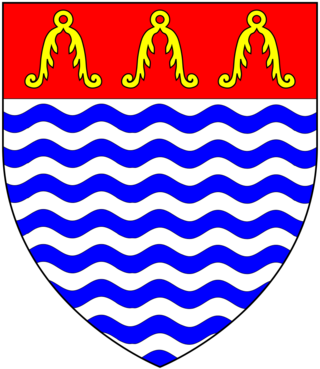
Bernard Smith of Totnes in Devon was MP for Totnes in 1558. He was mayor of Totnes in 1549–50 and c. 1565–6, and was escheator of Devon and Cornwall in 1567–8.
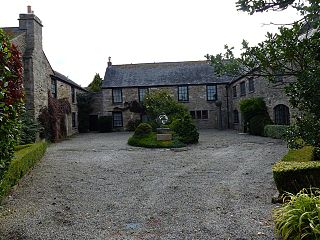
Arwenack, historically in the parish of St Budock, Cornwall, is a historic manor on the site of what is today the town of Falmouth. It was partly destroyed in 1646, and only a remnant survives today. It was long held by the Killigrew family, which was responsible for the development of the town of Falmouth, Sir Peter Killigrew, MP, having received a royal charter for its foundation in 1661.
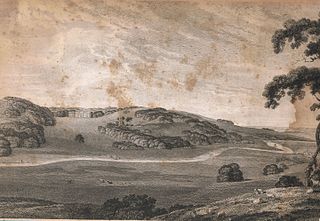
The historic manor of Tawstock was situated in North Devon, in the hundred of Fremington, 2 miles south of Barnstaple, England. According to Pole the feudal baron of Barnstaple Henry de Tracy made Tawstock his seat, apparently having abandoned Barnstaple Castle as the chief residence of the barony. Many of the historic lords of the manor are commemorated by monuments in St Peter's Church, the parish church of Tawstock which in the opinion of Pevsner contains "the best collection in the county apart from those in the cathedral", and in the opinion of Hoskins "contains the finest collection of monuments in Devon and one of the most notable in England".
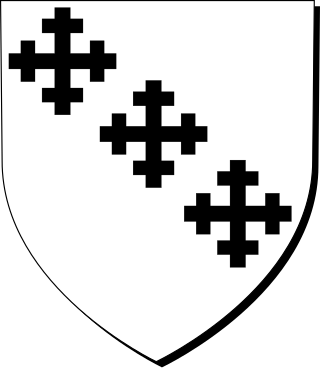
Sir Henry Northcote, 4th Baronet (1655–1730) was an English baronet from Devon. He was by profession a doctor of medicine. His great-great-great-grandson was Stafford Northcote, 1st Earl of Iddesleigh (1818–1887).
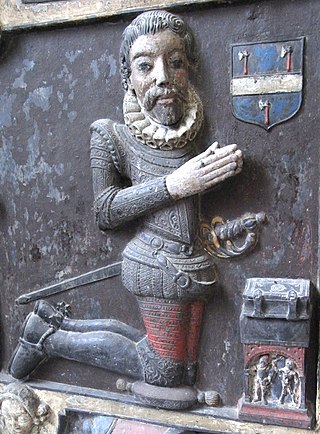
John Wrey of North Russell, Sourton, and Bridestowe in Devon and Trebeigh, St Ive, Cornwall, was Sheriff of Cornwall in 1587.

Sir William Wrey, 1st Baronet of Trebeigh, St Ive, Cornwall and North Russell, Sourton, Devon, was High Sheriff of Cornwall in 1598 and was created a baronet by King Charles I in 1628.

Sir Chichester Wrey, 3rd Baronet (1628–1668) of Trebeigh in the parish of St Ive, Cornwall and of North Russell in the parish of Sourton, Devon, was an active Royalist during the Civil War and was Colonel of the Duke of York's Regiment and served as Governor of Sheerness.

Ambrose Bellot, of Downton in Devon was a Member of Parliament for East Looe in Cornwall in 1597.
Sir Henry Bourchier Toke Wrey, 10th Baronet DL JP of Tawstock Court, North Devon.
